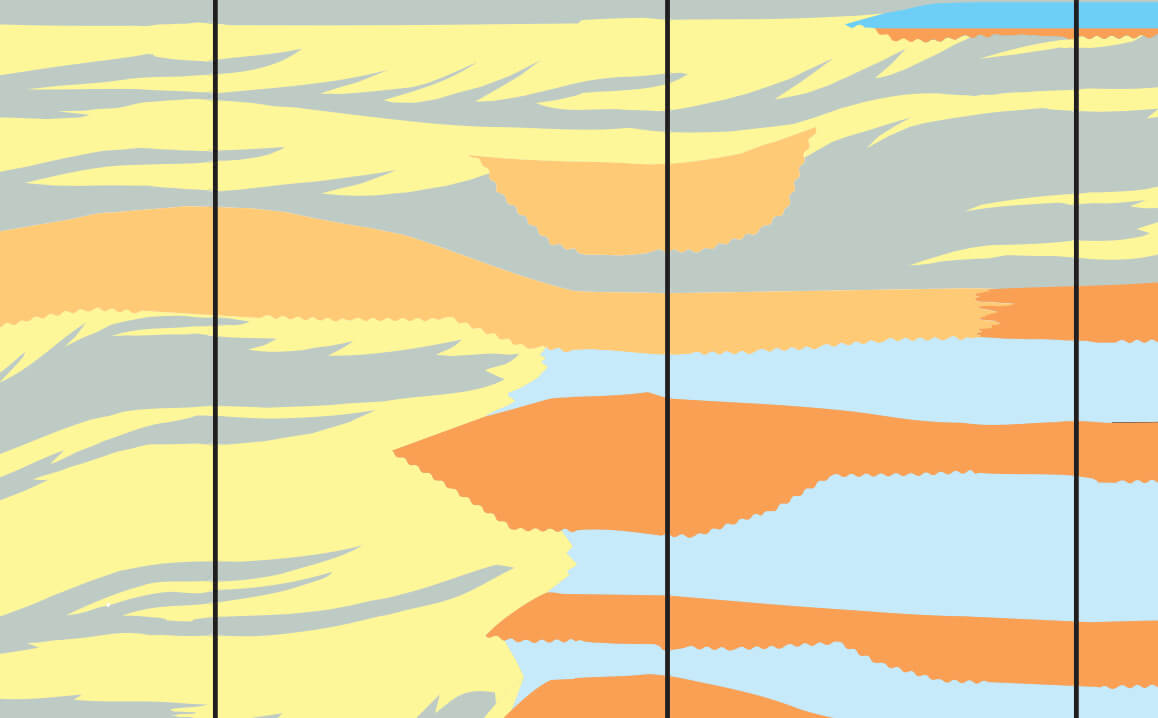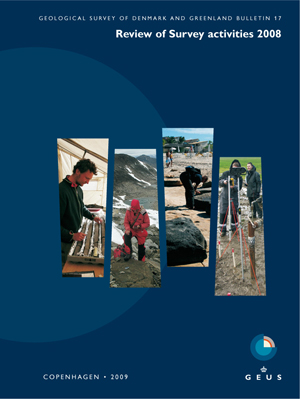
How to Cite
Share
Abstract
Carbon capture and storage (CCS) is increasingly considered to be a tool that can significantly reduce the emission of CO2. It is viewed as a technology that can contribute to a substantial, global reduction of emitted CO2 within the timeframe that seems available for mitigating the effects of present and continued emission. In order to develop the CCS method the European Union (EU) has supported research programmes for more than a decade, which focus on capture techniques, transport and geological storage. The results of the numerous research projects on geological storage are summarised in a comprehensive best practice manual outlining guidelines for storage in saline aquifers (Chadwick et al. 2008). A detailed directive for geological storage is under implementation (European Commission 2009), and the EU has furthermore established a programme for supporting the development of more than ten large-scale demonstration plants throughout Europe. Geological investigations show that suitable storage sites are present in most European countries. In Denmark initial investigations conducted by the Geological Survey of Denmark and Greenland and private companies indicate that there is significant storage potential at several locations in the subsurface.
How to Cite
Share
Copyright (c) 2009 Peter Frykman, Lars Henrik Nielsen, Thomas Vangkilde-Pedersen, Karen Lyng Anthonsen

This work is licensed under a Creative Commons Attribution 4.0 International License.
Downloads
Edited by Ole Bennike, Adam A. Garde and W. Stuart Watt
This Review of Survey activities presents a selection of 19 papers reflecting the wide spectrum of activities of the Geological Survey of Denmark and Greenland, including field-based, laboratory and remote sensing studies.
The Survey's activities in Denmark are illustrated by ten articles covering the [...]









